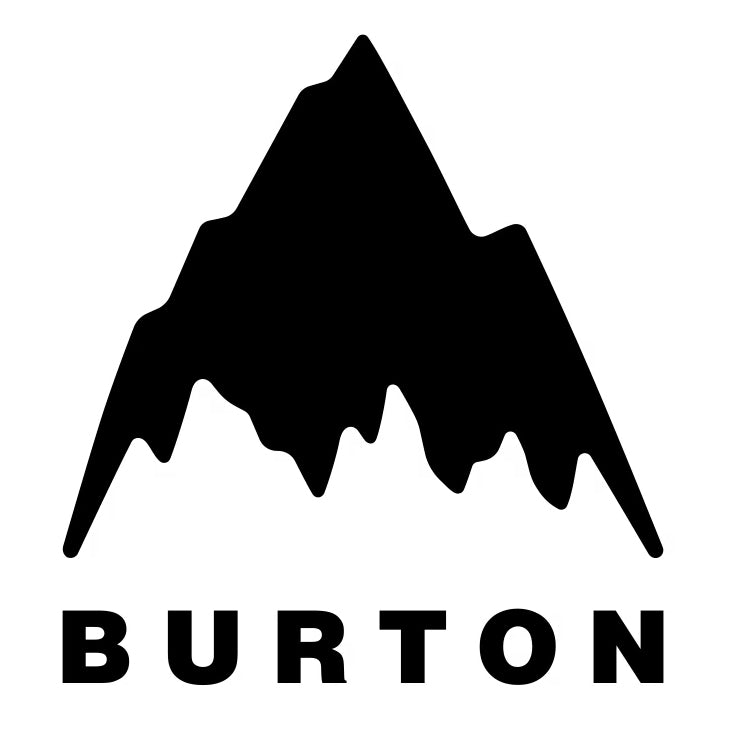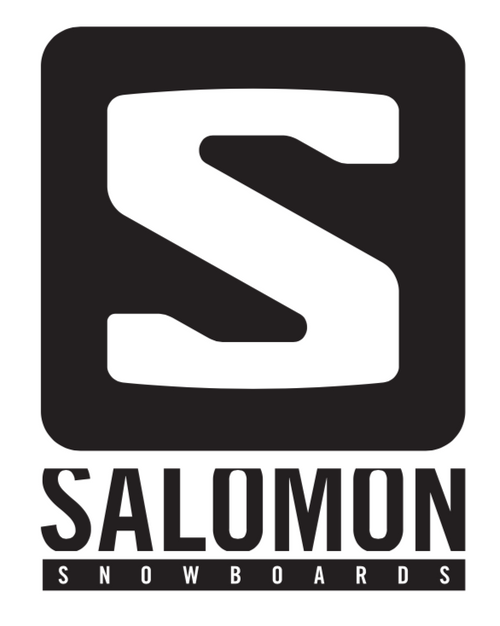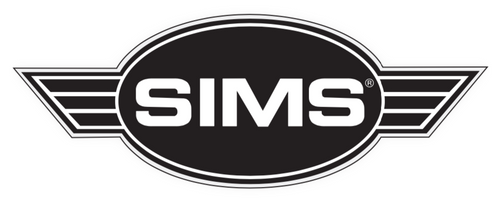
Halfpipe used to be the heartbeat of snowboarding. It was 1990 at Arapahoe Basin, Colorado—my first pro snowboard contest. All eyes were on Craig Kelly. Would the most stylish, calculated rider of the time take down the wild, aggro, unfiltered Shaun Palmer? The crowd roared for their heroes over blasting punk music.
Snowboarding wasn’t mainstream yet. There were no Olympic rings, no million-dollar endorsements, no corporate playbook telling us what the sport should be. It was ours—alternative, rebellious, punk rock. And halfpipe was the stage.
Back then, halfpipe wasn’t just a contest venue—it was a proving ground where the best of the best were made. Craig Kelly, Shaun Palmer, Tina Basich, Jeff Brushie, Jana Meyen, Todd Richards, Terje Haakonsen. It was where my career started.
If you wanted to be a pro, you rode pipe.
I was fortunate to be part of snowboarding’s early phase. In 1998, I earned bronze in the first Olympic halfpipe event—becoming the first American snowboard medalist in history. I’ve seen what halfpipe can do for riders, for the culture, for the entire sport.
But now? Halfpipe is on life support.

If You Build a Good One, They Will Come
Go to any resort this season. The park is packed. Rails and jumps are crowded with kids pushing progression and posting clips on Instagram. Now walk over to the pipe—if there even is one. You won’t see many riders unless it’s perfectly cut.
At grassroots events like USASA, slopestyle is thriving. Halfpipe? Most kids can’t even get above the lip. It's not because they don’t have the skill or don’t want to—it’s because they don’t have anywhere to learn.
In the ’90s, nearly every resort had a pipe. Today, you’ve basically got Mammoth, Park City, Copper, and summer training at Timberline on Mt. Hood (if you can shell out thousands a week). For everyone else, it’s gone.
Why It’s Dying
A 22-foot superpipe costs millions. Resorts won’t build them unless they see dollar signs. Mini-pipes—the ones my generation learned on—are nearly extinct. Beginners have nowhere to start.
Slopestyle won because parks are everywhere. Halfpipe lost because it isn’t. Without access, halfpipe isn’t evolving. It’s shrinking.

Who’s Steering This Ship?
This is a challenge to everyone with power in snowboarding: federations, event organizers, resorts, brands. Leadership matters. And right now, halfpipe doesn’t have anyone driving its future.
Yes, the elite riders deserve perfect 22 or 24-foot pipes to launch into the stratosphere. Thanks to Shaun White for fighting to give them safe, world-class venues—that’s critical.
But here’s the truth: no one will ride them in the future if we don’t build for the next generation now. We forgot the obvious: start with the kids. Build community access. Feed the love of the sport. Grassroots sessions like Homesick put on by East Street Archives prove the energy is still alive. The Slush World Quarterpipe Championships brought back that old-school contest hype on a transition stage. The Home Break modified halfpipe in Steamboat—Taylor Gold’s event that added a mini pipe-jam for local riders to session alongside the pros—showed how creativity can spark new energy. And Danny Davis’ Peace Park has already proven how rider-driven transition features can push progression while keeping it fun.
These are the events that deserve the main stage—real, authentic, and true to snowboarding’s roots. Mainstream audiences are over packaged halfpipe events. They don’t want polished—they want raw. If the industry doesn’t care, why should the kids?
What’s It Going to Take?
The fix isn’t complicated. Want to save halfpipe? Build more pipes people can actually ride. Tony Hawk figured this out. He didn’t just compete—he built skateparks so the next generation had somewhere to progress. That’s how you sustain a sport and a discipline. If snowboarding doesn’t invest in 12 to 15-foot progression pipes, halfpipe will stay elite-only. No pipeline. No future.
And contests? They need rethinking too.

The level is insane—highest respect to the athletes—but snowboarding is supposed to be the most creative sport. Let’s prove it. Give us variety: how about the best competing in a series of 22-foot pipes, then a modified 18-foot, a 10-foot mini, with other transition features mixed in—and throw in a quarterpipe, where style and flow count as much as technicality. Give us Peace Park-style builds that highlight progression and fun.
Halfpipe doesn’t need caviar catering. It needs a return to punk rock, creativity, and community.
Revive or Die
Halfpipe can come back. It’s fun. It’s iconic.
But it won’t be saved by nostalgia, mega-spin spectacles, or VIP lounges. It will only survive if we make it accessible again—and if we rethink it in ways that fire up riders, inspire fans, and give the next generation a reason to drop in.
I was there when halfpipe gave snowboarding its first Olympic stage. I know what it means to our history—and what it could mean for our future.
So here’s the choice: step up, build, and reimagine halfpipe—or admit the truth and let it become a lost art.
Because if we don’t, the pipe won’t just be empty. It’ll be forgotten.
Follow along with the conversation on our Instagram.
Shannon Dunn-Downing is a professional snowboarder. In 1998 she became the first American snowboard medalist in Olympic history.



















